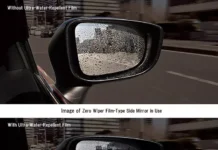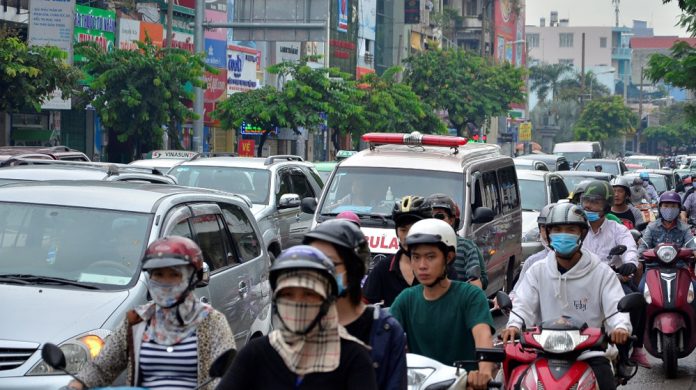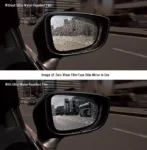Many road users fail to yield to emergency vehicles, which can have significant consequences for the community. Aside from the potential impact on emergency response times, failing to yield to these vehicles is also against the law and can result in a fine of up to VND 5 million according to Vietnamese traffic laws.
Let’s explore the priority of emergency vehicles and the latest fines for violating these rules in this article.
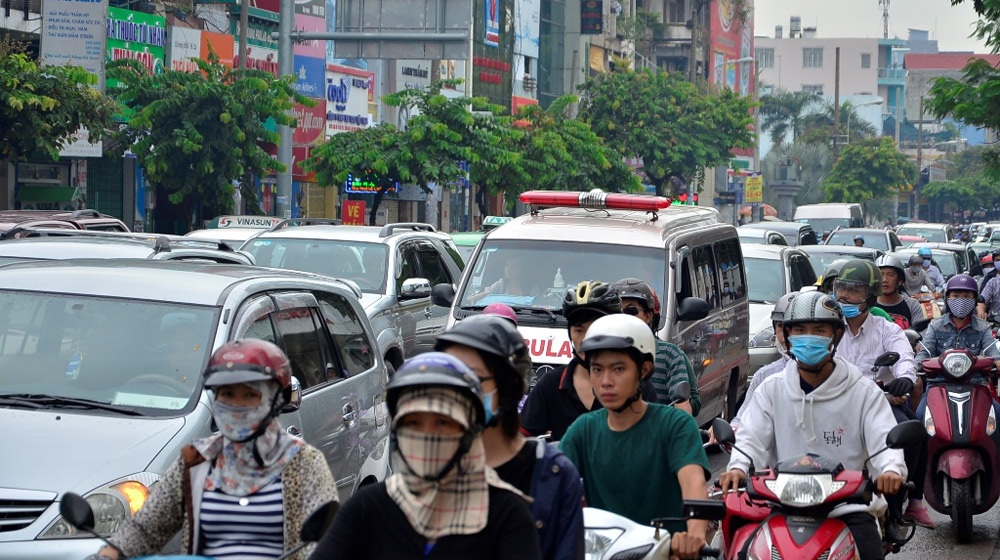
All vehicles are required by law to yield to emergency vehicles on the road.
Priority of Emergency Vehicles
Article 22 of the 2008 Road Traffic Law stipulates the following:
“1. The following vehicles have the right of way and may proceed before other vehicles when approaching an intersection from any direction, in the following order:
a) Fire trucks on duty;
b) Military and police vehicles on emergency missions, or convoys with police escorts;
c) Ambulances on emergency calls;
d) Vehicles involved in dyke protection, natural disaster response, epidemic control, or other emergency situations as stipulated by law;
đ) Funeral processions.
2. Vehicles specified in Points a, b, c, and d of Clause 1 of this Article, when on duty, must use sirens, flags, and lights as prescribed; are not subject to speed limits; are permitted to drive in the opposite direction, and on other roads that can be accessed, even when facing a red light, and must only comply with the directions of traffic controllers.
3. Upon hearing the signal of a vehicle with the right of way, road users must quickly reduce speed, avoid, or stop to the right side of the road to yield. Obstructing vehicles with the right of way is prohibited.“
Thus, the correct order of vehicles according to traffic rules is: Fire trucks on duty -> Military and police vehicles on emergency missions or with police escorts -> Ambulances on emergency calls -> Vehicles for dyke protection, natural disaster response, epidemic control, or other emergency situations -> Funeral processions -> Other types of vehicles on the priority road as stipulated by traffic laws.
Which Vehicles Have the Right of Way at Intersections?
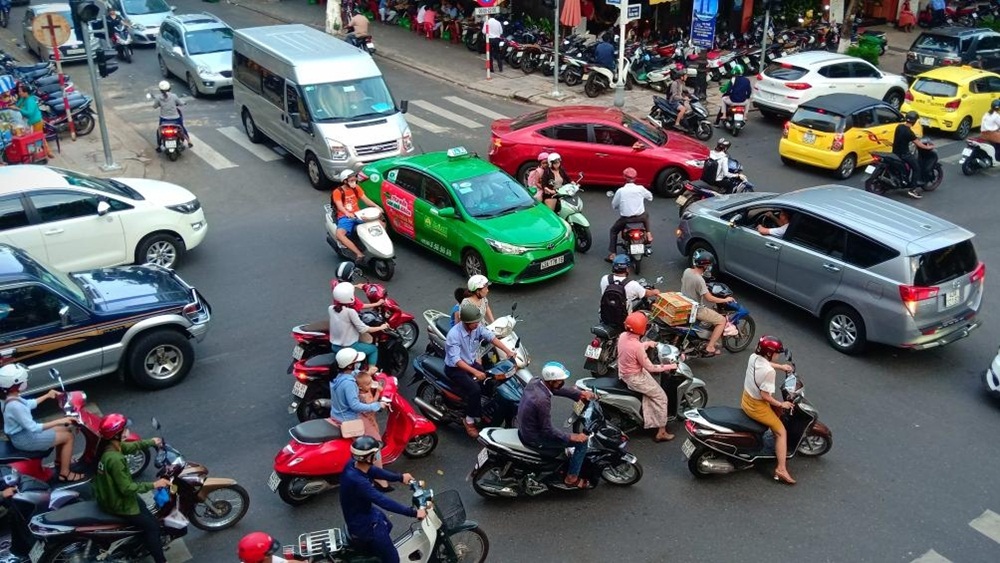
According to Article 24 of the 2008 Road Traffic Law, regarding yielding at intersections:
‘When approaching an intersection, drivers must slow down and yield according to the following rules:
1. At an intersection without a roundabout, yield to vehicles coming from the right;
2. At an intersection with a roundabout, yield to vehicles coming from the left;
3. Where a non-priority road meets a priority road or a branch road meets a main road, vehicles on the non-priority or branch road must yield to vehicles on the priority or main road coming from any direction.”
The correct order of vehicles at an intersection, according to traffic rules, is determined by which vehicle has its front wheel cross the white line first. That vehicle has the right of way.
Penalties for Failing to Yield to Emergency Vehicles
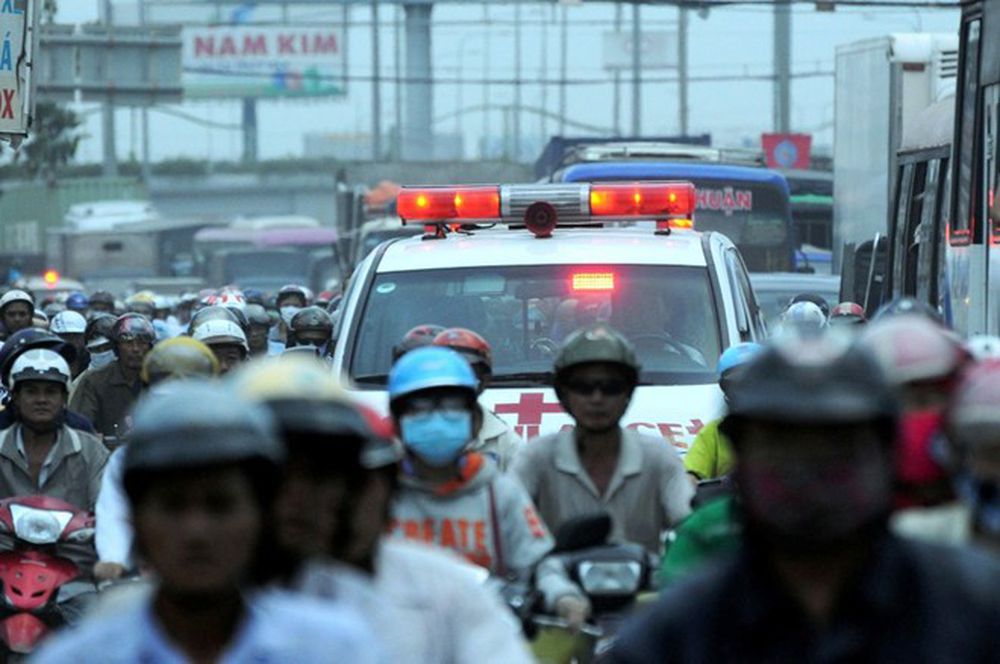
Obstructing or failing to yield to emergency vehicles can result in a fine of up to VND 5 million.
According to Decree 100/2019/ND-CP, the penalties for failing to yield to emergency vehicles are as follows:
– For drivers of cars or similar vehicles: A fine of VND 3,000,000 to VND 5,000,000 for “failing to yield or obstructing emergency vehicles with active priority signals.” This is outlined in Point h, Clause 5, Article 5. Additionally, there is a license suspension of 01 to 03 months, and in the event of a traffic accident, a suspension of 02 to 04 months (as per Points b and c, Clause 11 of this Article).
– For drivers of motorcycles, electric bikes, and similar vehicles: A fine of VND 600,000 to VND 1,000,000 for failing to yield or obstructing emergency vehicles with active priority signals (as per Point d, Clause 4, Article 6). There is also a license suspension of 01 to 03 months, and in the event of a traffic accident, a suspension of 02 to 04 months (as per Points b and c, Clause 10, Article 6)
Priority of emergency vehicles is an important aspect of road traffic rules that all drivers should be aware of, especially those preparing for their driver’s license exam. Understanding these rules will enable you to participate in road traffic safely and civilly, while also protecting the interests of others. We hope that this article has provided you with valuable information and knowledge to apply when driving.
Translated by Tịnh Tâm


























